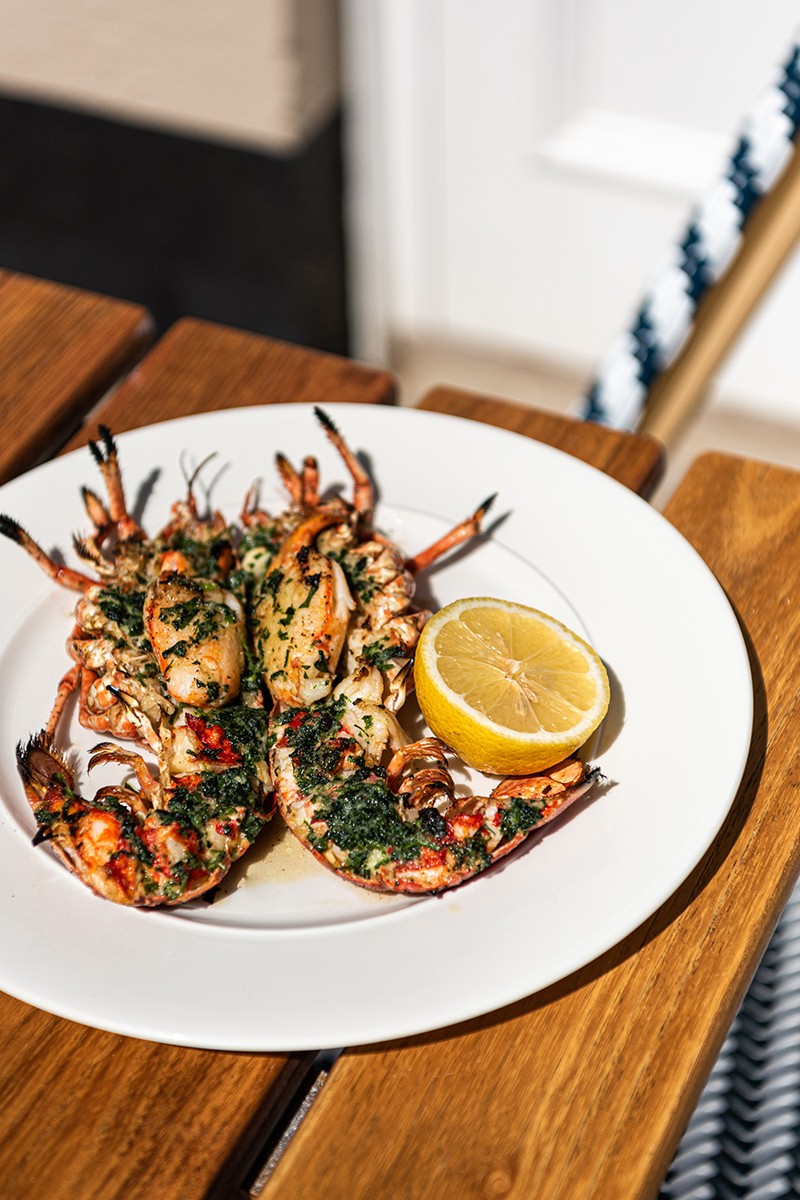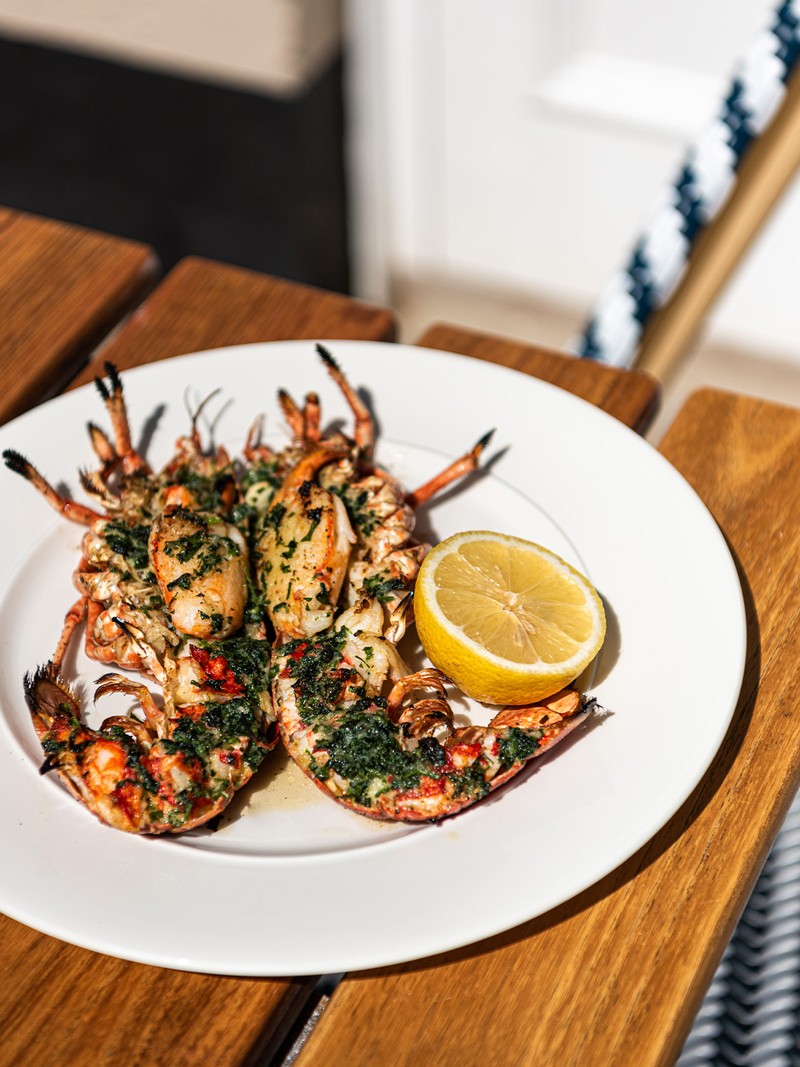
What Jay Rayner’s Learnt About Food & Travel
The last place I went on holiday was Provence. We rented a house just outside Seillans, which is about an hour from Nice. It’s a lovely hilltop town, though we were in a big group so we didn’t eat out much. One spot we did visit, after some Googling, was the Hotel des Deux Rocs. It’s right at the top of the town, so you earn your dinner by climbing up the hill to get there. They had a very simple menu, and one of the highlights was escargot served in little pots with crouton hats. It was simple, but they did it very well.
I love foreign supermarkets but I’m always a bit suspicious of the classic British middle-class romanticisation of them. Yes, you might find a few things in a Carrefour in France or Italy that you can’t find here, but we shouldn’t overdo the enthusiasm. Let's not pretend they're significantly better than what we have in the UK.
One thing I did pick up in Provence was some jarred lobster bisque. It’s a brilliant shortcut when you're making seafood dishes. I don’t know why it hadn’t occurred to me before, but lobster bisque makes the perfect base for a seafood stew. It's like someone has done all the hard work for you (and I’m not snooty about these sorts of things).
I don’t tend to visit the same place every year. My kids are in their 20s now so family holidays are a thing of the past. One city I find fascinating is Paris. It’s a complicated city with its own codes, and it’s known for nurturing clichés. No one loves a classic French bistro more than the Parisians. You have to work harder to find the more interesting stuff, but it is there. There’s a lot of great food, though it may be within a narrower range than you’re likely to find in London. There’s great Japanese, North African and Vietnamese, but if you go there expecting broader food than that, you might be disappointed.
One of my favourite bistros in Paris is Chez Georges. When you order something simple, like a herring and potato salad, they bring a large dish of both to the table and you can help yourself. That sort of generosity makes me happy. I’m also a fan of the classic dishes you find there – things like chicken with morels in the right season. There’s something magical about how they can take a simple dish and make it special.
You can’t make every trip perfect. You need to be willing to take some chances. That said, a little bit of research goes a long way. When I’m planning a trip, whether it’s to northern Spain or France, I’m always looking for places that represent the local food culture. I’m not after the big-name restaurants; I want to find places that attract both tourists and locals alike, especially in the off-season. After all, I’m a tourist too, but I want to experience something authentic.
Places I haven’t experienced as much as I’d like are Australia and New Zealand. I’ve been before, but it was a whirlwind ten-day trip, and most of my time was spent on stage. I didn’t get a real sense of their food scenes, but from what I hear, they’re exciting, and I’d love to explore them in more depth.
When I travel abroad, there’s nothing I shy away from on a menu. We live in an age where you can quickly look up what anything means, so why not give it a go? Some things, though, are an acquired taste. I remember being in Tokyo years ago for my book, The Man Who Ate the World, and I was taken to this tiny, high-end restaurant that rarely lets foreigners in. They had kindly translated the entire menu for me, and it included a dish of salt-fermented sea cucumber. It was, well, salty and slimy. Definitely not something that sits well with a western palate, but it’s part of the experience.
I’ve come to understand a lot about culinary traditions through my friend Tim Anderson. He’s one of the panellists on Radio 4's The Kitchen Cabinet and a Japanese food expert. Japan's food culture is vast and incredibly varied, which makes it fascinating. It’s not just one thing; it’s a collection of many, many things. Even if you think, ‘I’ve had enough of Japanese cuisine,’ you can still find top-notch food from elsewhere. For example, the best pizza I’ve ever had was at the Mandarin Oriental, Tokyo. It’s hands down the best pizza in the world, which may come as a surprise to many.
There’s something odd about how high-end French and Japanese cuisine have become intertwined. Over recent years, the influence between these two culinary giants has resulted in some similarities that, to me, feel a bit wearisome. You’ll find yourself in Tokyo eating Japanese food prepared with French techniques, and in Paris, French dishes with Japanese flair. It can feel like the same dining experience, regardless of where you are. I think this is due to the rise of the World’s 50 Best Restaurants list and the constant interplay between chefs, meaning high-end restaurants kind of blend into one another. People love lists, but I don’t think they’re always helpful. I know some people get a thrill out of visiting Michelin three-star restaurants, but that’s not me.
For restaurant critics, there’s one UK city that we always shout about – Bristol. I always say it’s the place where something exciting is happening. There’s a rebellious energy there, a real independent spirit. You can spot a Bristol indie restaurant from a mile away: short menus, a choice of meat, fish, or veg for each course, and a fantastic price point. Places like 1 York Place and Bokman. It’s not about Michelin stars or grand accolades; it’s about brilliant food for the local community. I love that kind of restaurant scene. It’s not about pretentiousness, just about people cooking great food, and that’s the vibe you get in Bristol every time.
It’s hard to pick a favourite hotel but I think The Suffolk in Aldeburgh is brilliant. It's a seafood pub with rooms, and they do a great job of keeping things simple yet satisfying. There’s a deep joy in having dinner downstairs and then heading straight upstairs to your room. It’s relaxed, you’re not on show, and there are no complicated rules to follow.
There were two key inspirations for my latest book. First, I realised about three years ago that I was approaching the 25th anniversary of my time as a restaurant critic, which felt like something I needed to mark. Second, I’ve always reverse-engineered dishes I love from restaurants into my home cooking. It’s not about recreating dishes exactly as they are in restaurants; it’s about taking ideas and letting them inspire something new. During lockdown, that practice accelerated, and it made me realise it was time to put all these ideas into a book.
In the book, I’ve drawn on restaurants from all over. There’s inspiration from Glasgow, Manchester, Birmingham, Bristol and even New York, Louisiana and Paris. But while it’s got an international flair, it’s still very much grounded in the UK. For me, it’s all about finding those places that offer comfort, good food, and an experience that feels genuine.
I’ve always been fascinated by what makes a great dining experience – the little things that can elevate a meal. For instance, at Toklas on the Strand, they make some of the best chips I’ve ever had. I thought about including a recipe for them in the book, but their method is so precise, so dependent on the kind of industrial steamer you only find in professional kitchens, that I couldn't quite replicate it at home. It turns out they do a version of Heston Blumenthal’s triple-cooked chips, but instead of boiling, they steam them. The result is ultra-crispy, thin fries. I tried, I really did, but unless I can give people a recipe they can easily follow, I don’t think it belongs in the book. Chips are too important to get wrong.
Nights Out at Home: Recipes and Stories from 25 years as a Restaurant Critic by Jay Rayner (Fig Tree, £11) is available to buy now at Amazon.co.uk
All products on this page have been selected by our editorial team, however we may make commission on some products.
DISCLAIMER: We endeavour to always credit the correct original source of every image we use. If you think a credit may be incorrect, please contact us at [email protected].
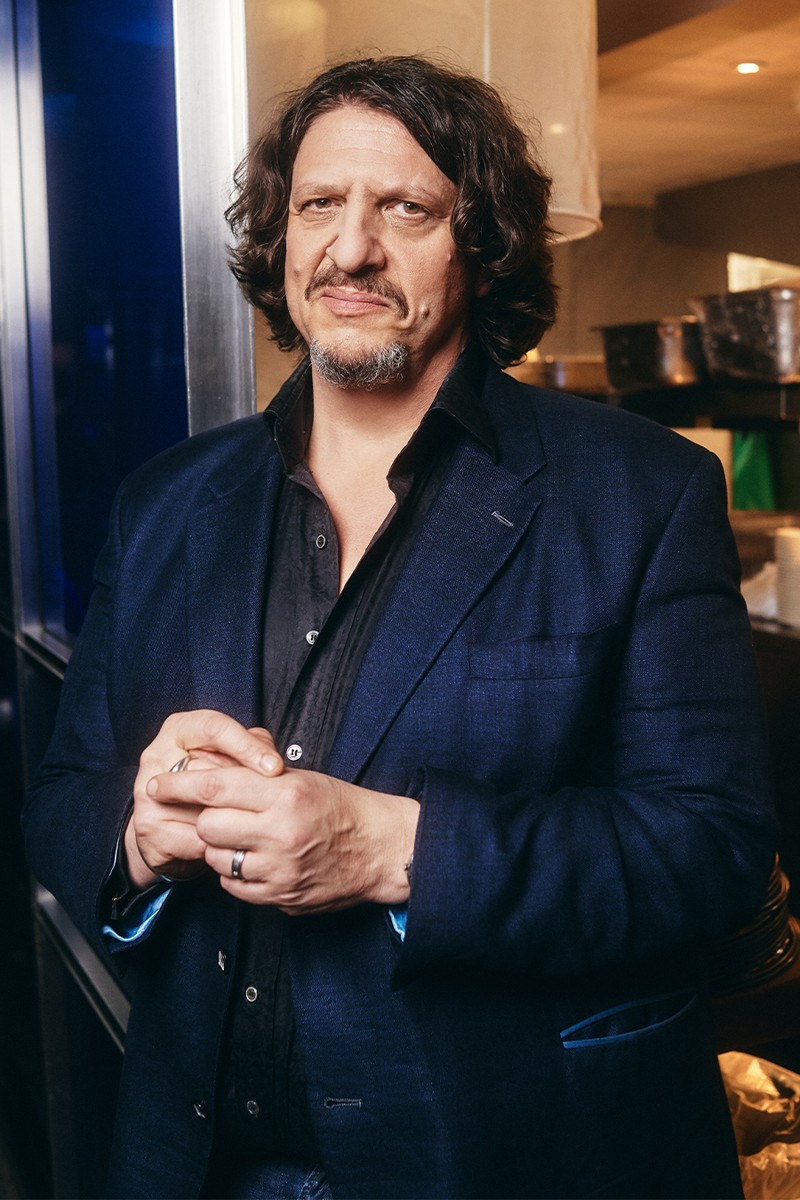
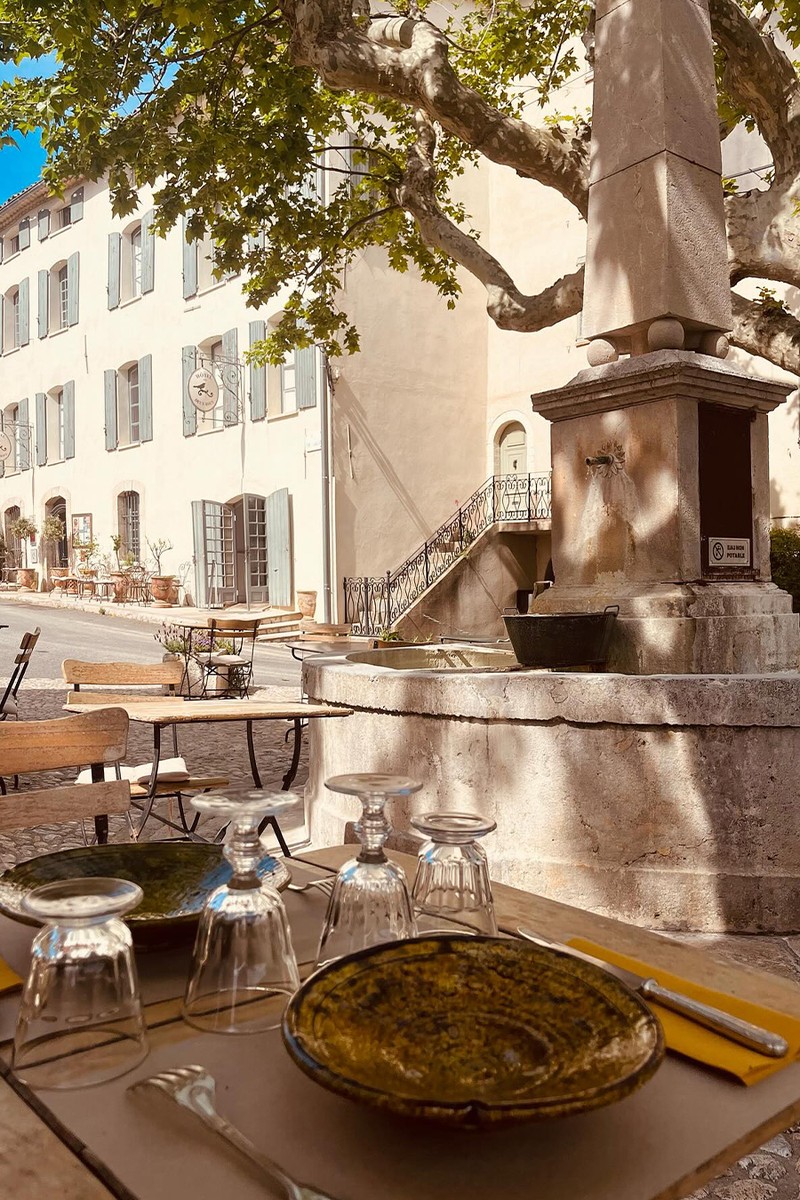
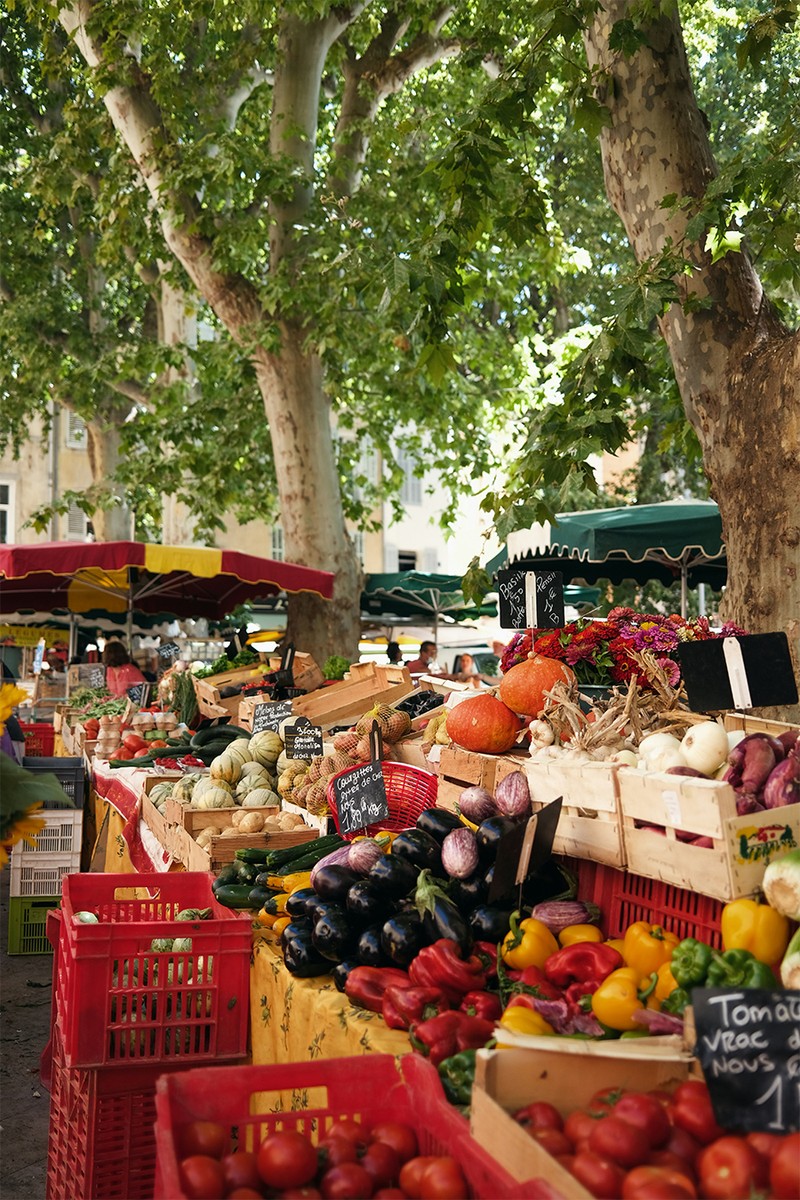
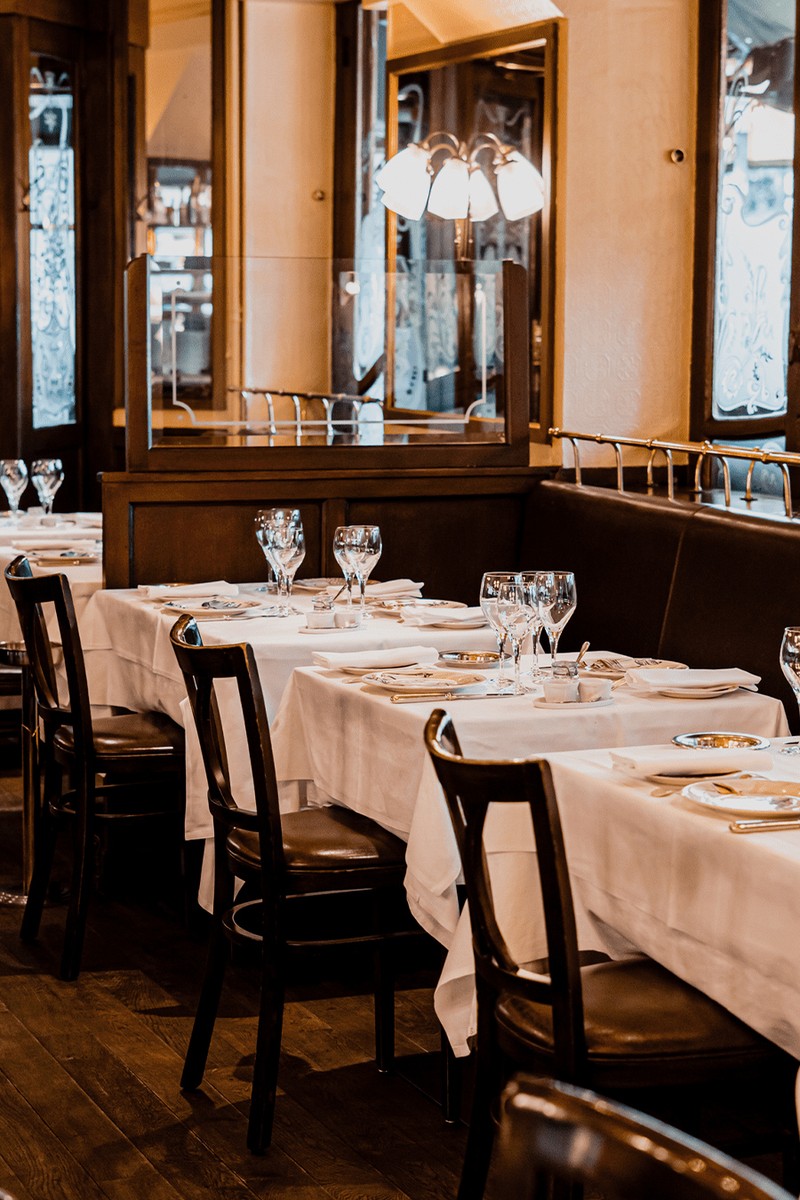
/https%3A%2F%2Fslman.com%2Fsites%2Fslman%2Ffiles%2Farticles%2F2025%2F01%2Fsl-man-jay-raynor-the-suffolk-full-bleed.jpg?itok=g08X607v)
